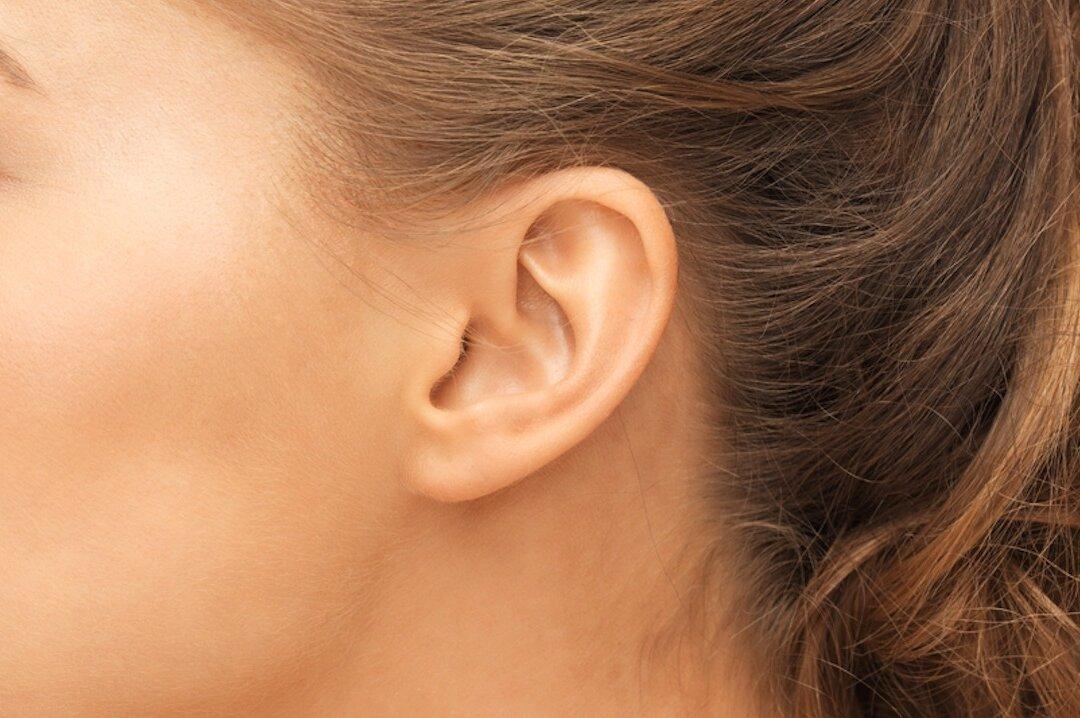From our eyes to our nose to our ears, our body parts can provide us with plenty of clues when it comes to our health. The ear is a complex organ that serves functions that go beyond hearing, such as helping us to balance while we walk and sending the equilibrium information to our brain.
The ear has three major parts: external ear, middle ear, and inner ear. Each of these parts has different, but important, features that facilitate hearing and balance. Ears come in many shapes and sizes. According to a study published in the Journal Plastic and Reconstructive Surgery, generally men’s ears are larger than women’s and the ears get larger as a person ages regardless of gender. The study also found that the average ear is about 2.5 inches long, and the average earlobe is 0.74 inches long and 0.77 inches wide.





